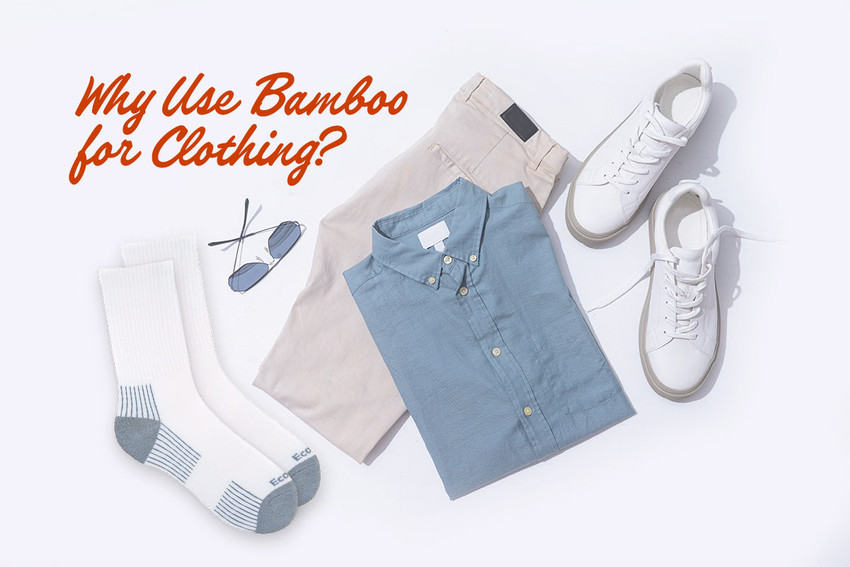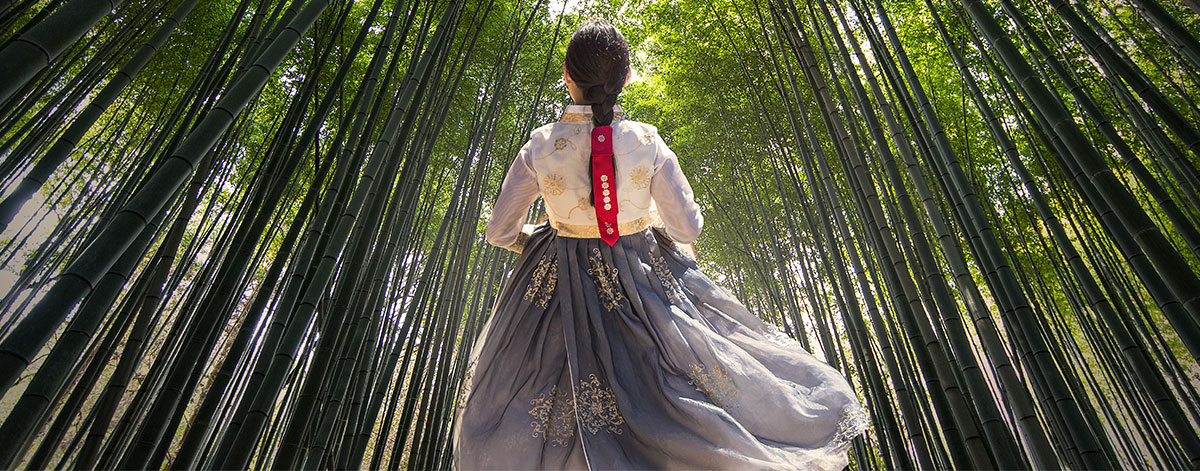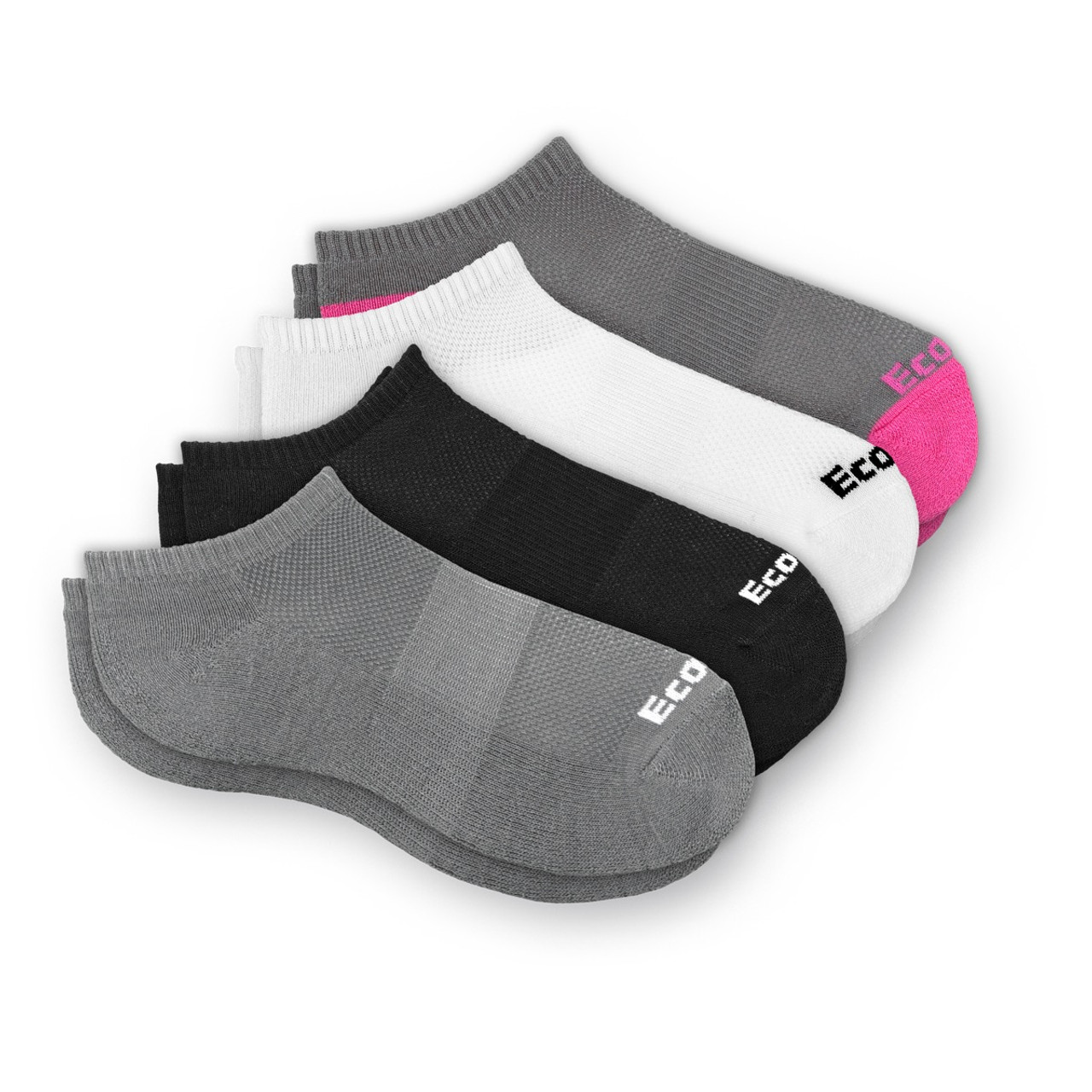History of Bamboo Clothing
Posted by EcoSox on Sep 10th 2023
Images of black and white pandas eating bamboo may come to mind when you think of bamboo. However, bamboo is used for far more than food for pandas. For thousands of years, bamboo has been used to produce many goods, including textiles, household items, and paper products.
Introducing Bamboo Clothing
For centuries in Asia, bamboo was used to create paper and other household products. The hard outer shell was often used as a substitute for wood. However, it wasn’t until recent years that bamboo became a popular source for making clothing and textiles.
Bamboo fabrics entered the commercial market in the early 2000s, even though bamboo clothing has existed for much longer.
The earliest recorded use of bamboo materials in the U.S. was in 1864 when Philipp Lichtenstadt applied for a patent. He planned to create a “new and useful process for disintegrating the fiber of bamboo so that it may be used in manufacturing cordage, cloth, mats, or pulp for paper.” The patent, however, never took off, likely due to the high transportation costs of bamboo from Asia.
Bamboo clothing, in its modern form, made its debut in 2001. Bejing University is accredited as the first institution to successfully transform bamboo into cloth. However, it’s important to note that many other organizations and groups were working on manufacturing materials made of bamboo at the same time.
In 2003, new processing technology was patented by chemists who worked with the Hebei Jigao Chemical Fibre Co. in Shijiazhuang, China. The process involved using new-age solvents to dissolve bamboo pulp. Armed with newfound technology, the clothing industry was able to provide quality bamboo fabrics at affordable prices
Bamboo is Sustainable
In the late 1990s and early 2000s, nations began to see a push for environmentally sustainable options. So naturally, using bamboo to create textiles was a no-brainer.
Bamboo is a sustainable resource that requires no irrigation to thrive and doesn’t need pesticides or fertilizers. Bamboo also holds the record as the world’s fastest-growing plant and doesn’t need to be re-planted after harvest since it grows back from where it’s cut. In addition, a stand of bamboo creates 35% more oxygen than an equivalent stand of trees. Meanwhile, it absorbs five times the amount of greenhouse gases.
With an increased desire to be more “green,” bamboo is an attractive option for any household looking to reduce its carbon footprint. In addition, because it has little to no waste, bamboo is a great eco-friendly alternative for clothing.
More than 1,000 species of bamboo exist, though only about 50 types are used commercially. EcoSox uses bamboo viscose derived from Phyllostachys edlius (Moso bamboo). Moso bamboo is native to China and Taiwan and has been in the southern U.S. for more than 100 years.
With all this talk of bamboo harvest and production, your mind might drift back to that panda bear mentioned in the beginning. But don’t worry! Pandas aren’t being deprived of their bamboo. Pandas only consume about 42 species of bamboo, and Moso bamboo is not one of those food sources.
Bamboo is Soft, Breathable
Besides being environmentally friendly, bamboo has several other benefits. Bamboo’s soft, buttery feel will keep you comfortable throughout the day. EcoSox offers a variety of styles and colors of men’s bamboo socks and women’s bamboo socks.
Bamboo’s naturally breathable and moisture-wicking properties make bamboo socks the best athletic socks to keep your feet dry through any workout, game, or match. Bamboo socks are perfect for everyday wear, keeping your feet odor-free and blister-free no matter the activity.
With all these benefits, it’s not hard to see why bamboo has become a popular textile in the clothing industry. EcoSox uses bamboo viscose to make high-quality, comfortable socks to keep your feet happy. So say goodbye to those tired old cotton socks and hello to EcoSox bamboo socks!





